Culture
Punjab has one of the oldest and richest cultures of the world. Its diversity and uniqueness is evident in the Punjabi poetry, philosophy, spirituality, education, artistry, music, cuisine, science, technology, military warfare, architecture, traditions, values and history. The compassion and high spiritedness exhibited in the lifestyle of people of Punjab (Punjabis) is hard to miss. While the Punjabis are known for their strong determination, their culture presents a multi-hued heritage of ancient civilizations. A guest in Punjab is considered as a representative sent by God and is well looked after.
Punjabis celebrate numerous religious and seasonal festivals, such as Dussehra, Diwali, Baisakhi, and many more. There are numerous anniversary celebrations as well in honour of the Gurus (the 10 religious leaders of Sikhism) and various saints. Expressing happiness and gaiety through dance is a typical feature of such festivities, with bhangra, jhumar, and sammi being among the most popular genres. Giddha, a native Punjabi tradition, is a humorous song-and-dance genre performed by women. In addition to Sikh religious music, semi-classical Mughal forms, such as the khyal dance and the thumri, ghazal, and qawwali vocal performance genres, continue to be popular.
Poetry offers one of the clearest views into the Punjabi mindset. Punjabi Poetry is renowned for its deep meaning, beautiful, exciting and hopeful use of words. Many compilations of Punjabi poetry and literature are being translated throughout the world into many languages. One of the most important Punjabi literatures is that of the revered ‘Guru Granth Sahib’.
The traditional dress for Punjabi men is ‘Punjabi Kurta’ and ‘Tehmat’, especially the popular Muktsari style, which is being replaced by the kurta and pajama in the modern day Punjab. The traditional dress for women is the Punjabi Salwar Suit which replaced the traditional Punjabi Ghagra. The Patiala salwar is also very popular.
Cuisine
Punjab’s geographical location with relation to the rest of the Sub-continent has meant that this region has had strong Central Asian influences both in its culture and its food. Punjabi cuisine has become world-leader in the field; so much so that many entrepreneurs who invested in the sector have built large personal fortunes due to its popularity. “Sarso ka saag” and “Makki di roti” are examples of well-known and very famous dishes.
Punjab’s economy has predominantly been agrarian in nature, historically evidenced in the remains of granaries and other artifacts of the Indus Valley Civilization. Dairy products, unleavened flat breads, pulses, vegetable and meat curries continue to reflect the rural temper of the state while being wedded to the residual flavors of foreign invasions, such as rice and gravies. As a result, Punjabi cuisine is among the richest in the country as well as the world. It incorporates generous quantities of milk, curd, butter, and cream in cooking of fresh vegetables and meats. In addition to these, Punjabis have created a combination of the northwest frontier cuisine and Mughlai recipes to prepare rich poultry and mutton dishes. The ubiquitous ‘tandoori chicken’ is very popular.
A word of caution is necessary for first time visitors though, low-fat Punjabi meals are unimaginable and cut no ice with the proud and generous people of Punjab. Their legendary warmth and hospitality assures that anyone who passes through this land will return well fed. In deed, the tradition of langar (community kitchen) initiated by Guru Amardas, came from the belief that food is central to communal bonding. It has since been a remarkable feature of all Gurudwaras, wherein devotees of all faiths participate in the preparation and service of meals.


